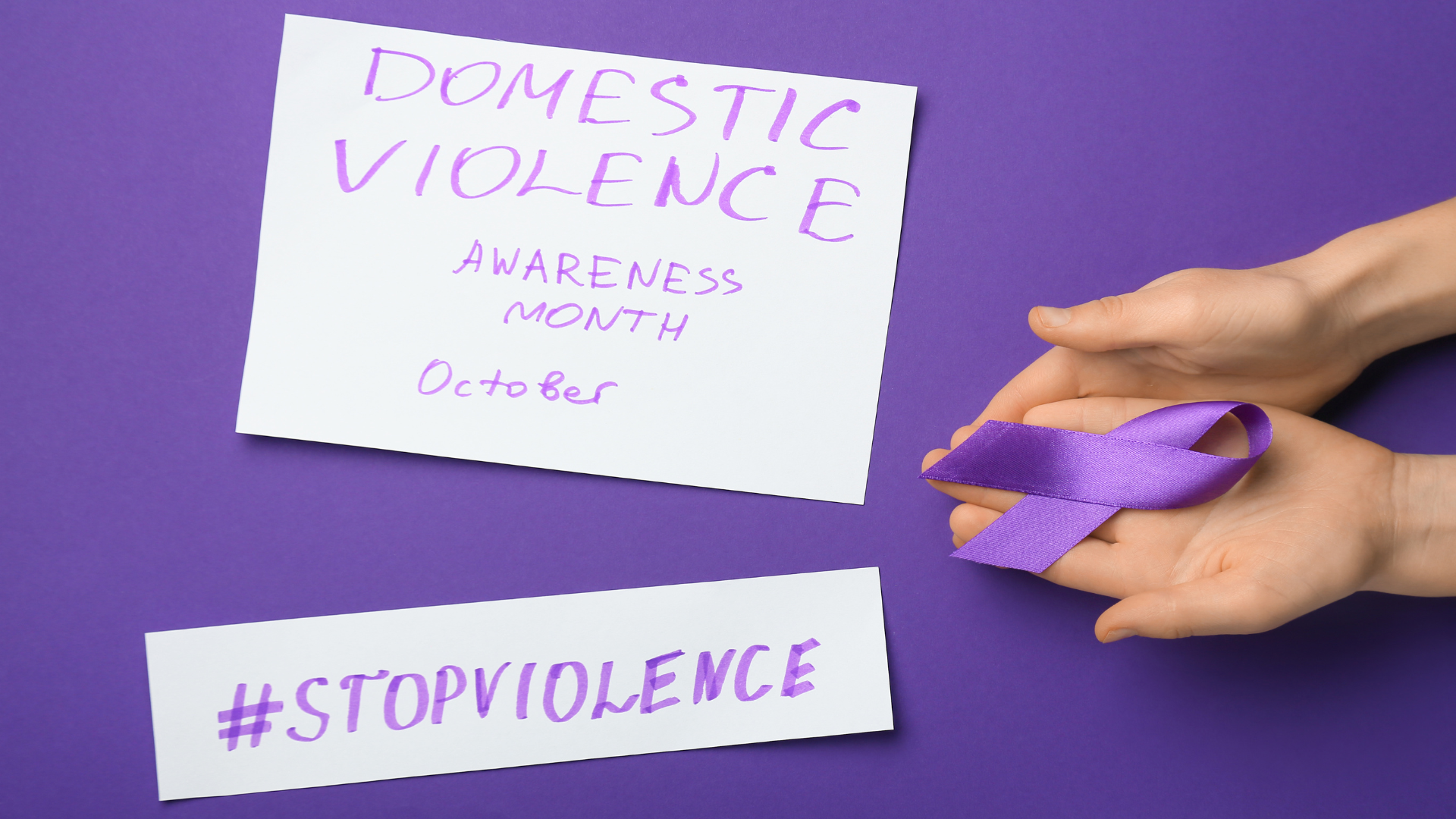Women are often told, “don’t look at your phone when walking,” “don’t wear headphones,” “don’t dress a certain way,” “don’t get too drunk,” etc. But our question is; how can men help women feel safer?
While some of these are valid safety precautions, it’s time to focus on men and how they can be a part of the solution.
Let’s Stop Victim Blaming
Common safety tips have been drilled into us girls since we can remember. Ways that we need to protect ourselves when in public, against sex trafficking, date rape, or a digital stalker.
Here at Stiletto, we instill these tips because they’re an unfortunate reality. However, we never want to suggest that all of the weight is on the woman to not be attacked.
We talk a lot about tips and personal safety, but how can men be a part of the solution?
6 Ways Men Can Make Women Feel Safe In Public
Here are six key ways men can help women feel safer and less threatened in public:
- Keep Your Distance: Leave a good amount of space when walking behind a woman at night. The closer you are, the more of a threat you appear.
- Don’t Run Up From Behind: If you are jogging at night, never run up behind a woman. Always cross the road, or leave significant space when passing her.
- Don’t Stare: Being stared at is intimidating! When in public, find other ways to occupy your eyes so you don’t end up staring at a woman.
- Keep Your Comments to Yourself: “Cat calling” or any silly comments you think is flattering, can be terrifying to a woman alone in public. When in doubt, keep it to yourself.
- Keep Your Friends in Line: Don’t stay quiet when a friend is harassing a woman; you become part of the problem when you don’t speak up.
- Be An Active Bystander: Show your support and be a bystander if you encounter a woman in an uncomfortable situation.
Be An Active Bystander
Women are harassed in the most public of places. This can include a busy street, public transportation, or even at work. Although these places typically have many witnesses, people all too often don’t speak up. This phenomenon is often referred to as the bystander effect, or bystander apathy.
However, we can’t stress this enough; if you see something, say something! By intervening in a situation, you have the possibility to shut it down and make the antagonist think twice about harming anyone.
Here are a few ways to be an active bystander and intervene in seemingly problematic situations:
- Call Out Poor Behavior: If you hear a sexist joke or someone harassing a woman, acknowledge it. By saying simply “that’s not okay” or “that’s not funny,” you can shut down the harassment then—and from potentially happening again.
- Create an Interruption: Interrupting harassment can provide an easy escape for the woman.
- The Old Friend Method: You can pretend to know the woman and provide a way out for her.
-
- The “I’m Lost” Method: You can interrupt the interaction by asking for directions.
-
- The “Checking In” Method: You can directly ask if the woman is okay, therefore creating an out for her.
- Get Help: Sometimes, the best thing you can do is call for professional help if you see someone in an unsafe situation. This can include getting help from the police, a security guard, or your superior.
How Men Can Help Women Feel Safer: Put Yourself In Her Shoes
The feeling of immediate danger is never a good feeling. Men, it’s time to remember (and implement) the six key ways you can help the women around you feel more safe.
Unfortunately, today’s reality consistently shows that women feel in danger when in public. Learning personal safety methods can help you develop a vigilant mindset, while also becoming more confident to call out poor behavior.
Do you want to learn more about personal safety or how to become a more active bystander? Contact us today!






